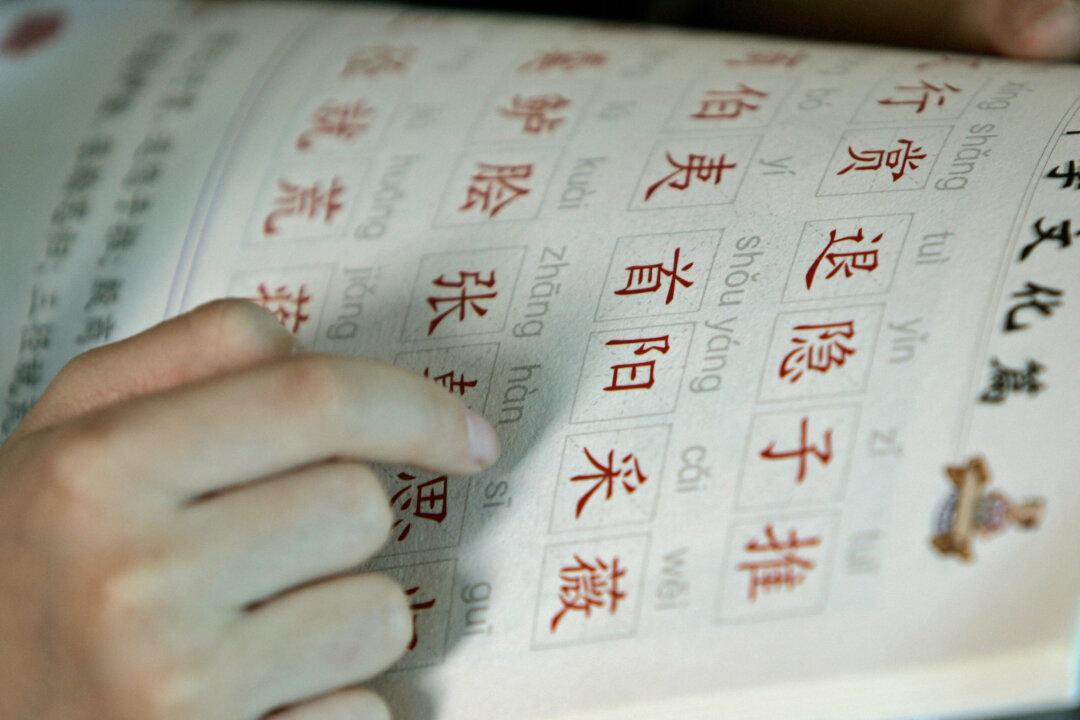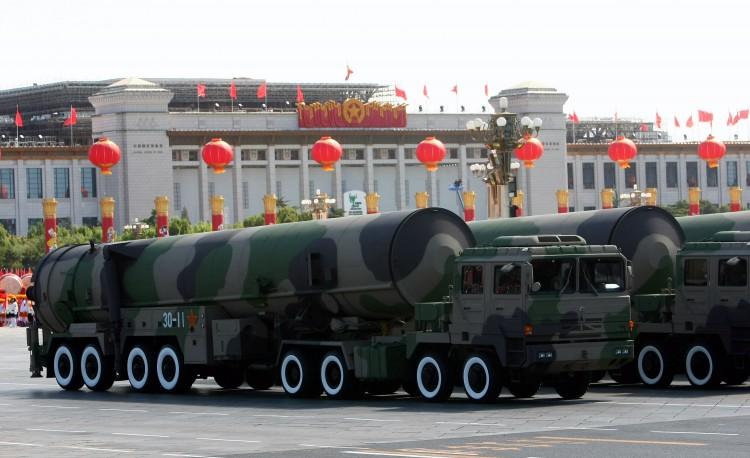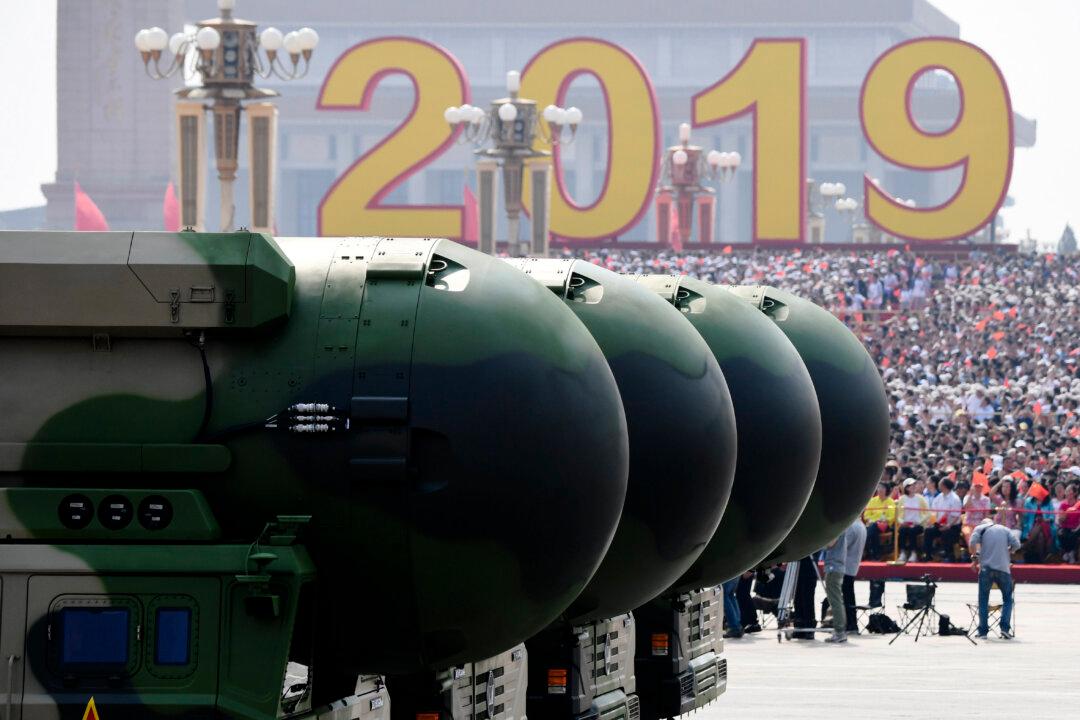When people hear about the Chinese language, they are usually put off by the writing system, which supposedly requires knowledge of tens of thousands of unique characters.
But in fact, Chinese writing isn’t as scary as it seems, and the Chinese language doesn’t pose the Everest-sized challenge typically ascribed to it.
1. You Don’t Actually Use That Many Characters
One of the first complaints that critics of the Chinese language make is that there are too many characters. How terrible to have to memorize thousands of completely different symbols when English only needs 26 letters!

Strokes used in Chinese writing. Public Domain




